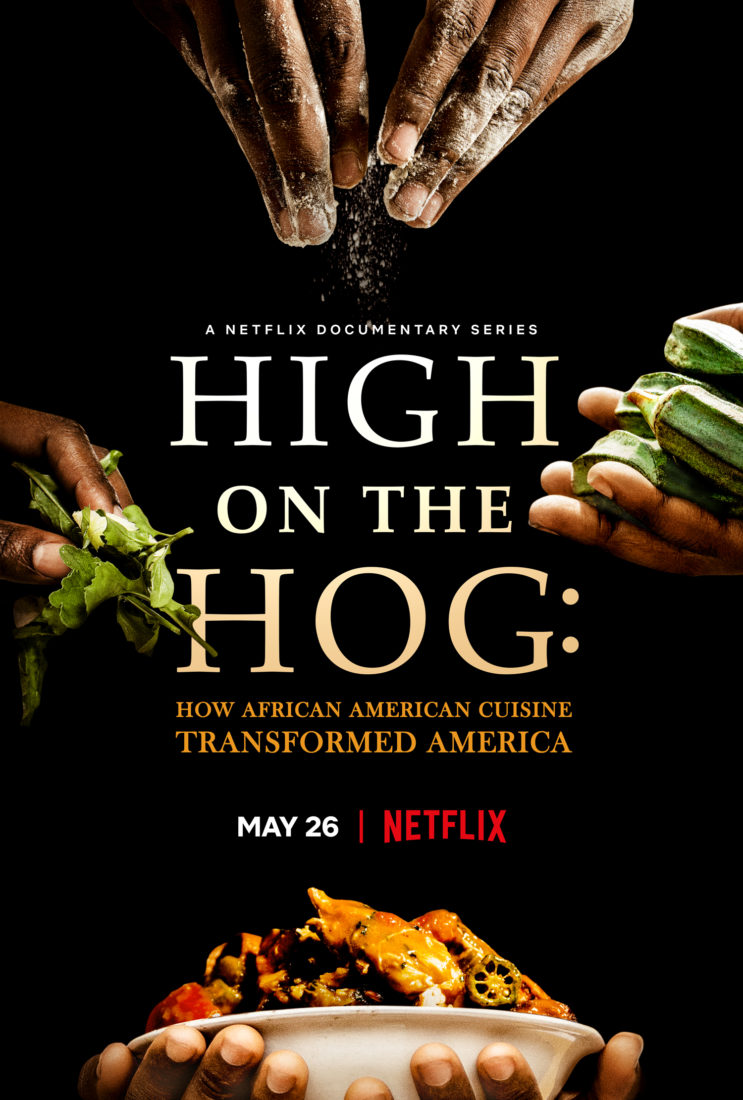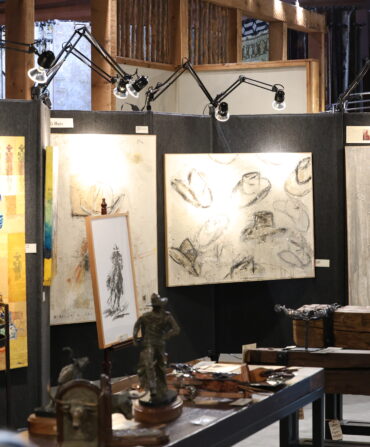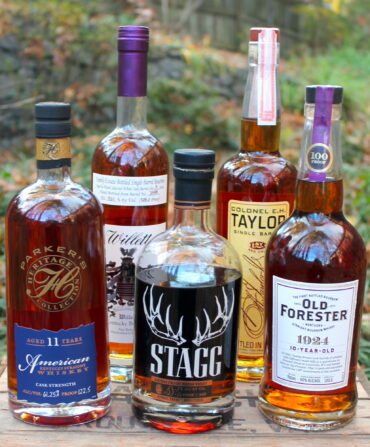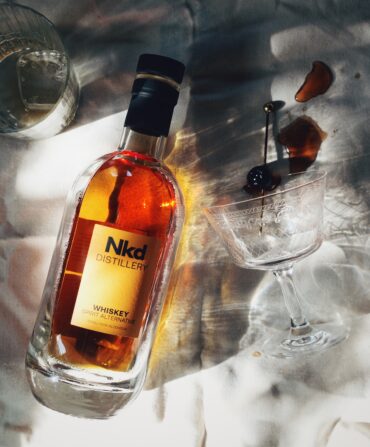“The cooking of Africa has yet to have its moment on the foodie radar.”
The culinary historian (and Garden & Gun contributing editor) Jessica B. Harris wrote those words for her 2011 history High on the Hog: A Culinary Journey from Africa to America. Now, a decade later, that book serves as the inspiration for a new four-episode limited Netflix series debuting May 26, High on the Hog: How African American Cuisine Transformed America—a show that not only celebrates the food of Africa and of African Americans, but recenters American cuisine as indelibly influenced by them.
“I think we are seeing the beginning of the food of Africa having its moment,” Harris says now. “And not just Africa, but Africa and its diaspora. Because while certainly High on the Hog is the story of the United States, it’s also a hemispheric story, and in many ways, an international story. Africans are in diaspora all over the world.”

Harris joins host and journalist Stephen Satterfield in the first episode to share her insight into the food and culture of West Africa’s Benin, home to the port city of Ouidah, one of the major points that enslaved people passed through during their forcible removal to the Americas. But G&G readers will also recognize some of the other experts that help Satterfield trace the progression of African American food: the Gullah Geechee torchbearers BJ Dennis and Sallie Ann Robinson, whom he joins for a whole-hog feast; the culinary historians Michael Twitty, Adrian Miller, Toni Tipton-Martin, and Leni Sorensen, the last demonstrating how Thomas Jefferson’s enslaved chef James Hemmings made mac and cheese, which the French-trained cook helped develop and popularize; and the Black Cowboy Museum founder Larry Callies, among them.
Even though the series is based on Harris’s book, she says her appearance, filmed in the fall of 2019, came thanks to a chance meeting with the lead director and an executive producer on the series, the Oscar winner Roger Ross Williams. “When I say chance, I mean a totally random meeting,” Harris says. “But Benin was certainly my strong suggestion. And it is a place that is deep, deep, deep to me. I for years would tell people, ‘I am American by passport; French in my brain, because I studied French and there is a certain way that you learn to think; Senegalese in my heart; Béninois in my intestines, because that food resonates with me in another kind of way; and Bahian [for Bahia, in Brazil] in my soul.”
Toward the end of the first episode, Harris and Satterfield visit the Cemetery of Slaves, a memorial to those who died, often in holding pens, before they could be sent to America, and then buried in a mass grave. “We are standing on top of people who didn’t make it,” Harris says in the show. Satterfield breaks down, and she comforts him.
Harris says her first grappling with that grief came much earlier. “In 1972, I went to La Maison des Esclaves [the House of Slaves, a museum and memorial dedicated to the Atlantic slave trade], on Gorée Island, off of Senegal,” she recalls. “I was with my mother. My mother broke down, and I had to take care of her, so I didn’t. I went back in ’75 by myself, and turned into such a bawling, snotting, damn-near-puking mess, that a Senegalese lady, bless her heart, she came to me and she said, ‘I’m going to take you to some of your people.’ And at that point in time, John Hope Franklin’s son, John Franklin, who has just retired from the Smithsonian’s National Museum of African American History and Culture, was living on Gorée Island. She took me to John. And I ended up spending the night on the island with friends, and making a connection that lasts until this day. So I can’t say, Been there, done that, because it is always affecting. It is unbelievably affecting. My father was cremated; some of his ashes are at the Door of No Return [at La Maison des Esclaves], in Dakar. Some of his ashes are along the beach in Cotonou [a port city in Benin], and I am deeply connected, which is how I could not break down.”
Ultimately, though, the series lingers not on pain but instead uplifts with joy the contributions of African Americans—from Thomas Downing, a nineteenth-century oyster purveyor in New York City highlighted in episode three, to Jerrelle Guy, a James Beard Award–nominated cookbook author based in Dallas, Texas, who makes desserts that honor Juneteenth in episode four—and records the wisdom of still-living elders teaching the younger generations the old ways. Gabrielle Eitienne, for instance, a North Carolina cultural preservationist who makes plum wine with her uncle, and Anthony Bruno, the trail boss of the Northeastern Trail Riders—a Texas group that tips its hat to the enslaved and freedmen who comprised America’s first cowboys—and his elderly father, who in episode four oversees the communal making of cowboy stew, a staple of Black cowboys in Texas.
“It’s about celebrating the indomitable spirit of folks,” Harris says. “It’s about celebrating the creativity of folks; it’s about exalting and lifting up the incredible, absolutely astounding, things that were done by people who weren’t even considered to be people.”
Or as the chef Omar Tate, the founder of the Honeysuckle Projects, puts it in episode three, during a dinner for which he’s recreated the menus of influential Black caterers in Philadelphia: “A lot of time our history is dark, you know, or we view it as dark. But there was just so much beauty between the lines.”








